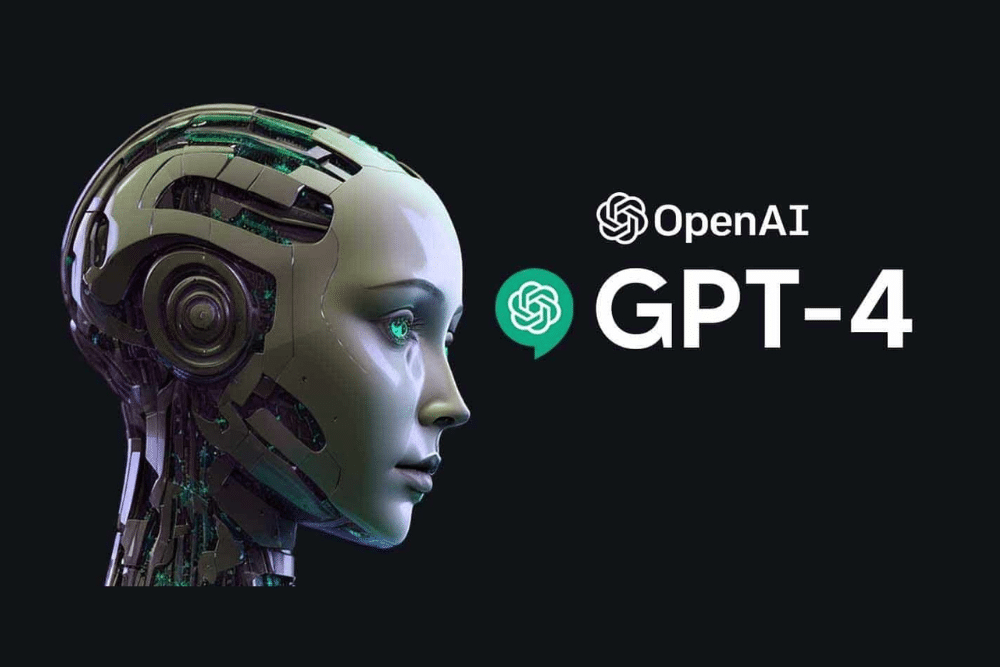GPT (short for "Generative Pre-training Transformer")
GPT (short for "Generative Pre-training Transformer") is a type of language model developed by OpenAI. It is trained on a large dataset of human-generated text and is able to generate human-like text by predicting the next word in a sequence.
ChatGPT is a variant of the GPT model that is specifically designed for chatbot applications. It is trained on a dataset of conversation transcripts and is able to generate responses to input in a way that is similar to how a human might respond in a conversation.
The ChatGPT model can be used to build chatbots for a wide range of applications, including customer service, online support, and personal assistants. It can be integrated into chat or messaging platforms, or it can be used to build standalone chatbot applications.
GPT ("ஜெனரேட்டிவ் ப்ரீ-ட்ரெய்னிங் டிரான்ஸ்ஃபார்மர்" என்பதன் சுருக்கம்) என்பது OpenAI ஆல் உருவாக்கப்பட்ட ஒரு வகை மொழி மாதிரியாகும். இது மனிதனால் உருவாக்கப்பட்ட உரையின் பெரிய தரவுத்தொகுப்பில் பயிற்றுவிக்கப்படுகிறது மற்றும் ஒரு வரிசையில் அடுத்த வார்த்தையைக் கணிப்பதன் மூலம் மனிதனைப் போன்ற உரையை உருவாக்க முடியும். ChatGPT என்பது GPT மாதிரியின் மாறுபாடு ஆகும், இது குறிப்பாக சாட்பாட் பயன்பாடுகளுக்காக வடிவமைக்கப்பட்டுள்ளது. இது உரையாடல் டிரான்ஸ்கிரிப்ட்களின் தரவுத்தொகுப்பில் பயிற்சியளிக்கப்படுகிறது மற்றும் ஒரு உரையாடலில் ஒரு நபர் எவ்வாறு பதிலளிக்கலாம் என்பதைப் போன்ற ஒரு வழியில் உள்ளீட்டிற்கான பதில்களை உருவாக்க முடியும். ChatGPT மாதிரியானது வாடிக்கையாளர் சேவை, ஆன்லைன் ஆதரவு மற்றும் தனிப்பட்ட உதவியாளர்கள் உள்ளிட்ட பல்வேறு வகையான பயன்பாடுகளுக்கு சாட்போட்களை உருவாக்கப் பயன்படுகிறது. இது அரட்டை அல்லது செய்தியிடல் தளங்களில் ஒருங்கிணைக்கப்படலாம் அல்லது தனித்தனியான சாட்போட் பயன்பாடுகளை உருவாக்கப் பயன்படுத்தலாம்.
Usecase of chatGPT
There are many potential use cases for ChatGPT, including:
Customer service: ChatGPT can be used to build chatbots that can handle customer inquiries and provide assistance with tasks such as account management, order tracking, and product information.
Online support: ChatGPT can be used to build chatbots that can provide technical support and troubleshooting assistance to users.
Personal assistants: ChatGPT can be used to build chatbots that can act as personal assistants, helping users with tasks such as scheduling, reminders, and information lookup.
Conversational interfaces: ChatGPT can be used to build chatbots that can act as the interface for other applications or services, allowing users to interact with them through natural language conversations.
Social media: ChatGPT can be used to build chatbots that can interact with users on social media platforms, providing information and assistance or engaging in conversations.
E-learning: ChatGPT can be used to build chatbots that can provide personalized learning experiences for students, helping them to understand and retain information.


Comments
Post a Comment
Thanks
Warm regards,
Karthikeyan.T
tkarthikeyan@gmail.com
www.carthworks.com
Call us 09445 2772 06